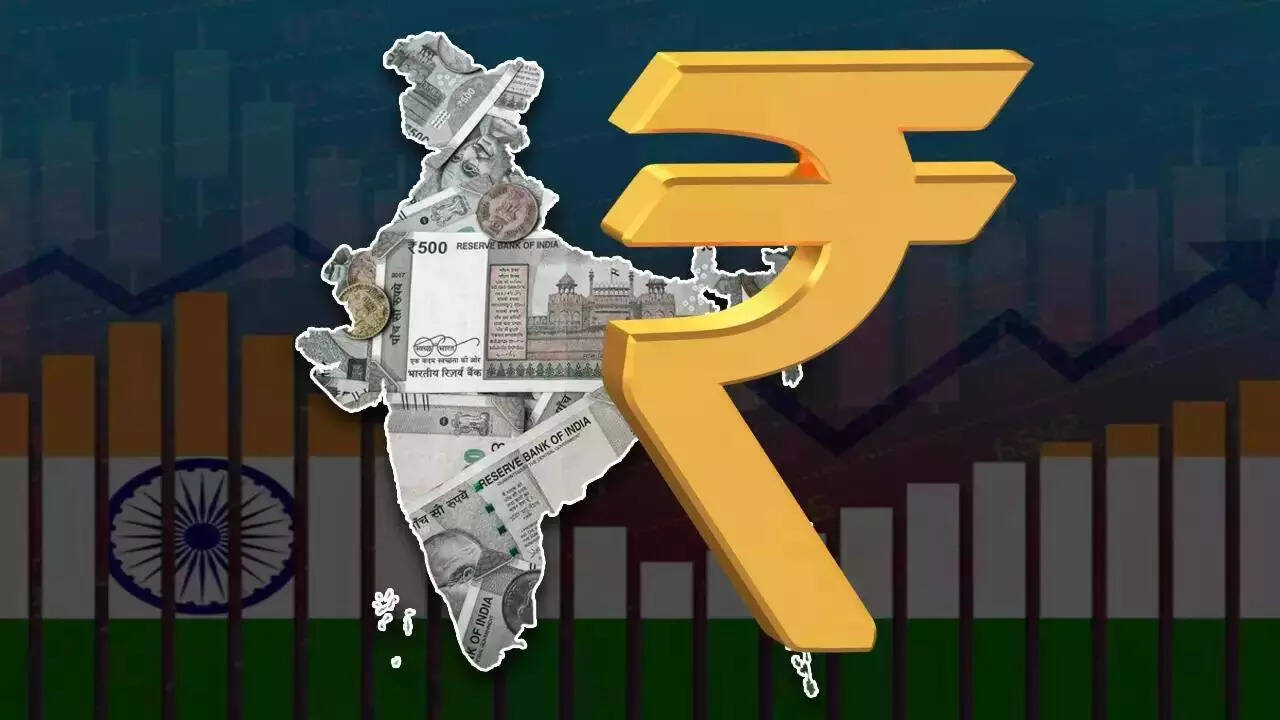
The Indian rupee will rely on the central bank stepping in to defend the currency on Wednesday, amid likely foreign portfolio outflows following the unexpected outcome of the country’s general election.
Non-deliverable forwards indicate the rupee will open largely unchanged from 83.53 in the previous session. The rupee is not too far from the all-time low of 83.5750 hit in April.
The rupee posted its biggest single-day percentage decline in a year on Tuesday after Prime Minister Narendra Modi-led alliance’s narrower-than-expected win prompted foreign investors to dump Indian equities.
Foreign institutional investors sold a record USD 1.5 worth of Indian shares on Tuesday, per provisional data from the National Stock Exchange. The NSE Nifty 50 and S&P BSE Sensex logged their worst day in more than four years.
The rupee’s losses would have been larger if not for the Reserve Bank of India, which likely sold dollars near 83.50. It is expected to continue to do so in the coming days, traders say.
The rupee’s volatility will likely be “smoothed for now, but medium-term questions have surfaced”, HSBC Bank said in a note.
“Beyond the immediate risk of portfolio outflows and carry trade unwinds from the election uncertainty, we see potential medium-term implications from the election result,” said Pranjul Bhandari, chief India and Indonesia economist at HSBC.
The trend of more moderate INR NEER (Nominal Effective Exchange Rate) depreciation in recent years may not continue if there are changes to the structural reform agenda and the RBI may be more determined to build up large FX reserve buffers, she said.
The rupee’s Asian peers were mostly higher on the day amid the increasing likelihood that the Federal Reserve will cut rates in September.

